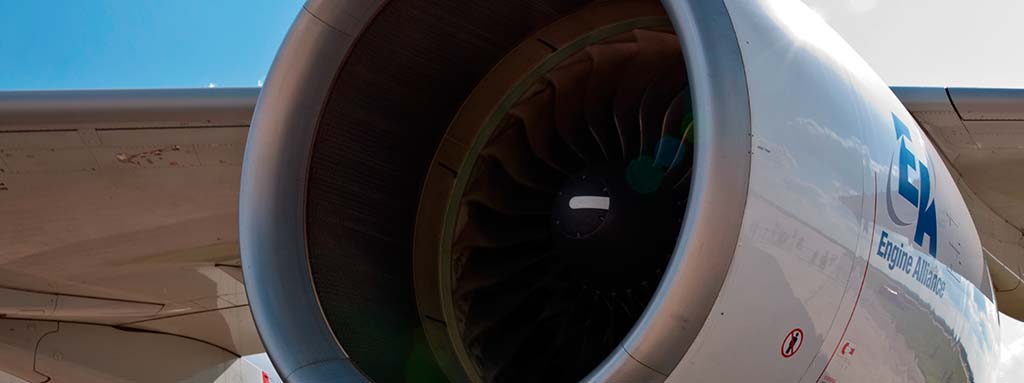
Aerospace companies tend to be made up of very diverse individuals. This characteristic benefits a multidisciplinary work environment in which we can all learn together. The ultimate goal of an aerospace company is to devise and design solutions for that purpose.
A century ago, only four-engined aircraft initially dared to cross large expanses of inhospitable terrain such as deserts or oceans.
Hence my surprise when a colleague told me the other day that he had felt slightly uncomfortable when crossing the Atlantic in a twin-engine plane. He was surprised by this fact and appeared wary (as is perhaps logical) of this situation. But the question is: is there any risk crossing the Atlantic in a twin-engine plane? The answer of course is that there is no safety risk whatsoever.
In 1919, the British pilots John W. Alcock and Arthur W. Brown managed to cross the Atlantic in a plane directly for the first time, departing from Newfoundland on 14 June and landing in Ireland 16 hours 12 minutes later. The flight was made in a modified Vickers Vimy (a First World War twin-engine bomber) for which they won a £10,000 prize offered by London’s Daily Mail newspaper. However, during the flight they ran into a cold front which iced up the air intake of one of the engines, which they had to turn off. Luckily they managed to start up the engine again and make a successful landing.
What would have happened on this flight if the engine had been damaged irreparably? Obviously we would not be talking about them here. This fear, though, meant that only four-engine aircraft initially dared to cross large expanses of inhospitable terrain such as deserts or oceans. Indeed, in 1953 the US Federal Aviation Administration (FAA) issued a rule establishing that two-engine planes should never be more than 60 minutes of flying time away from an adequate airport.
However, nowadays many twin-engine planes cross the Atlantic, such as the Boeing 767 or the more recent Airbus A-350. How can this be possible? Well, thanks to the ETOPS (Extended-range Twin-engine Operation Performance Standards) certificate. This is a certificate issued by the ICAO (International Civil Aviation Organization) which permits certain aircraft and their engines to fly farther than 60 minutes from an adequate airport. The time that these planes are certified for flying with one engine less can be for up to more than 300 minutes. More significantly, though, is the fact that this certificate is also granted to aircraft that only have two engines.
That is why we should not be surprised to see twin-engine aircraft crossing the Atlantic today. Not only do their engines have proven reliability, but these planes are able to fly for a considerable time with only one of their engines. This is the case for example of the A350-900 which obtained the ETOPS certificate even before its entry into service, allowing it a diversion time of more than 180 minutes. So just sit back and enjoy your flight, and take no notice of the joke that in English-speaking countries ‘Engines Turning Or Passengers Swimming’ has been obtained for this certificate.


